Salting the Earth
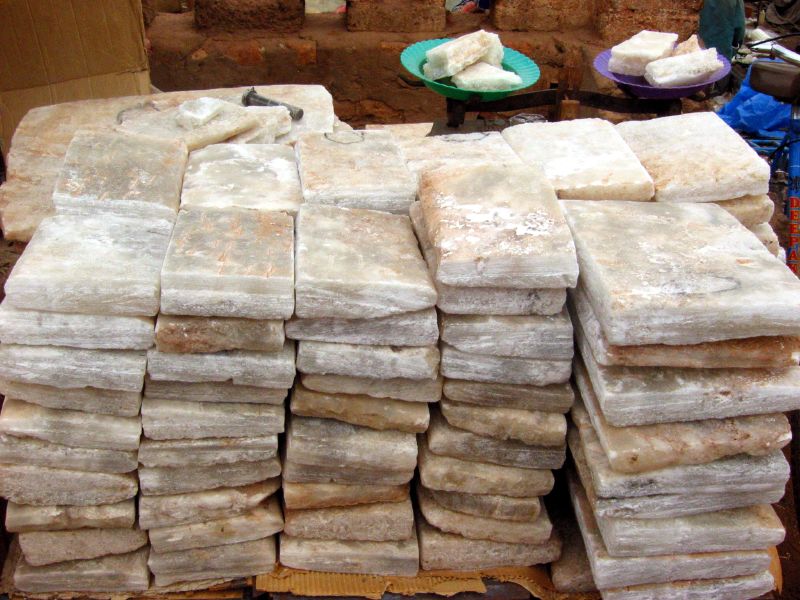
Blocks of salt from Timbuktu; photo by Robin Elaine.
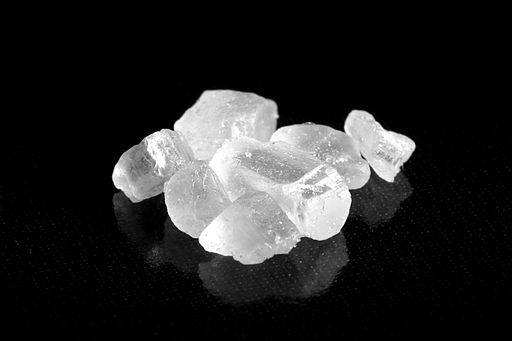
Salt crystals; photo by Mark Schellhase.
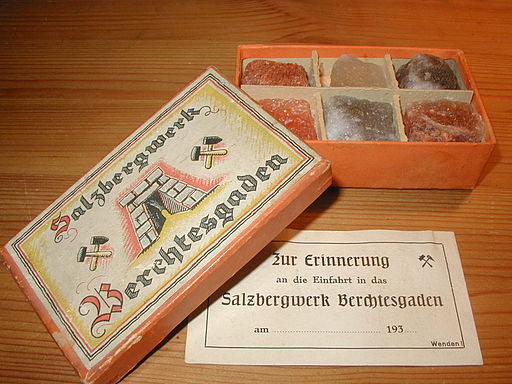
Salt from a mine near Berchtesgaden, Germany; 1951 photo by Roger McLassus.
― Izzy





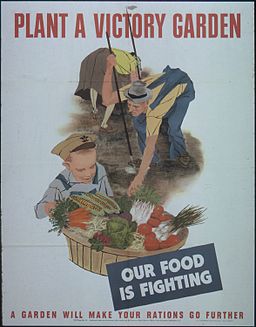
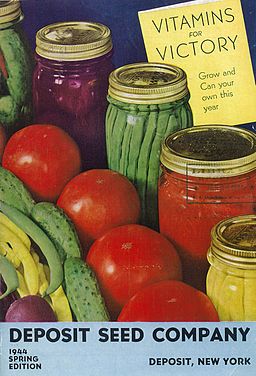



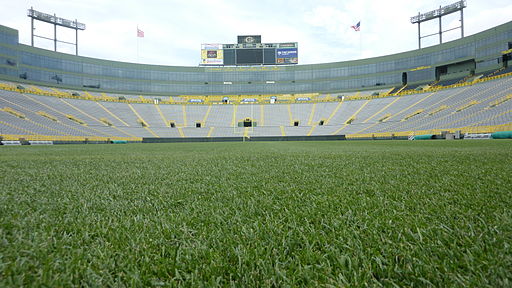
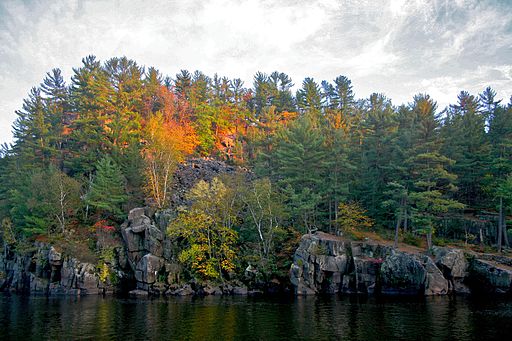
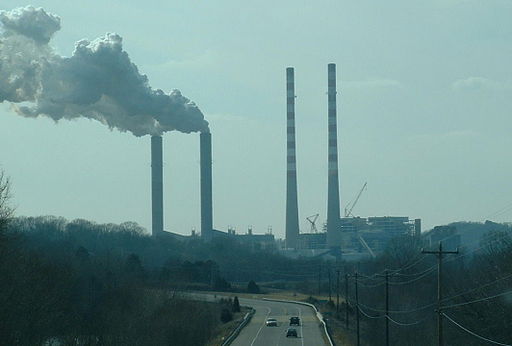
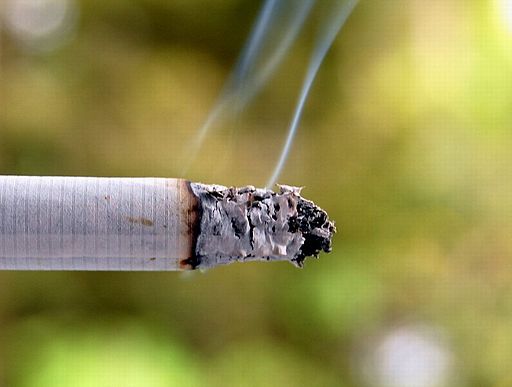

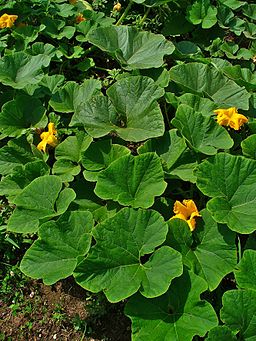
The nursery rhyme “Peter, Peter, Pumpkin Eater,” like many nursery rhymes seems nonsensical at first, and perhaps to young ears and minds it is best left that way because upon delving into its meaning there is darkness at the core, which may or may not yield life lessons, depending on individual interpretation. Charles Schulz’s It’s the Great Pumpkin, Charlie Brown, is more enjoyable for young and old alike, with more accessible life lessons. The 1966 TV special is, at 50, still a favorite for holiday viewing and is a masterwork of the animator Bill Melendez.
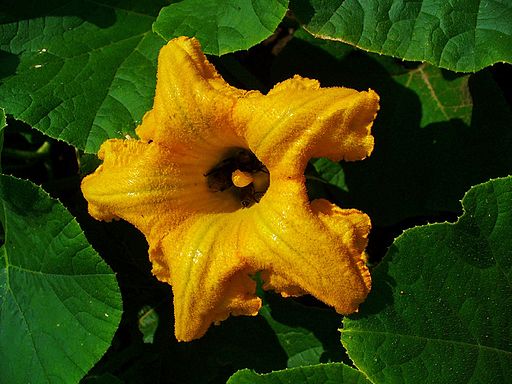
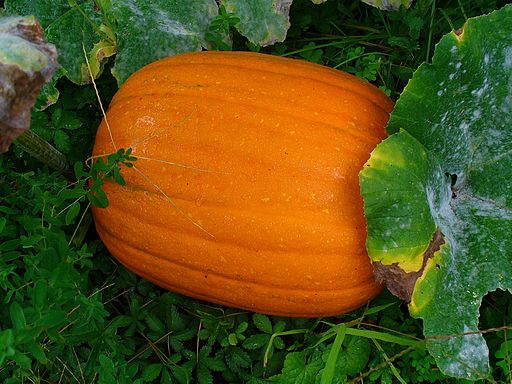
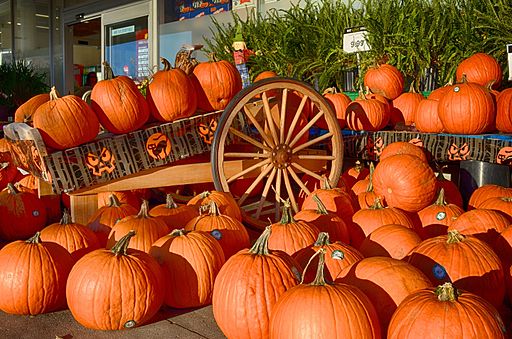
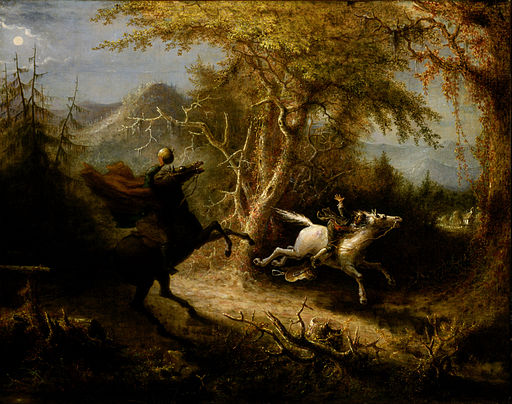

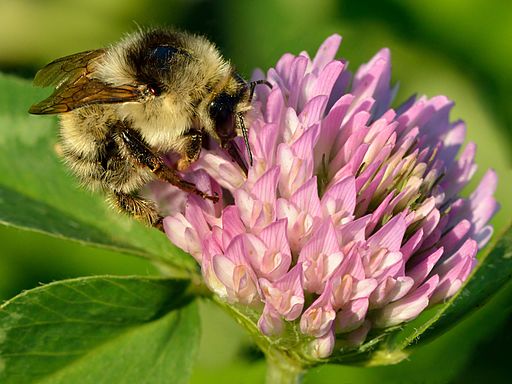
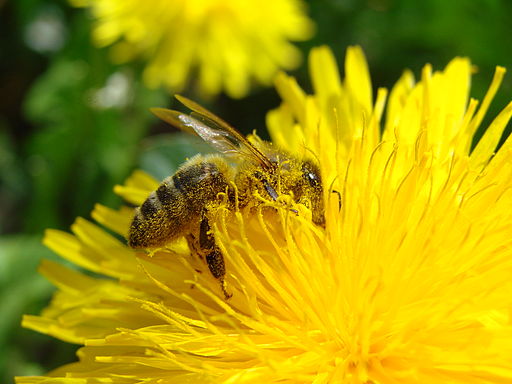
– Izzy 
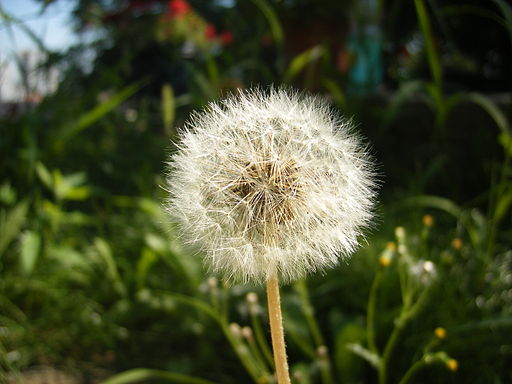
For most trees and shrubs, February through April is the best time for pruning because the plant is dormant, yet it will break dormancy soon and the flush of energy to its top growth will help heal the pruning cuts and cover them. There are exceptions to this rule, and a maple tree is one. Any maple tree produces copious sap in late winter and early spring, not just the sugar maple from which we derive maple syrup. Wounding – and yes, a pruning cut can amount to just that – a maple at that time of year results in excessive bleeding of sap, weakening it. It is better to prune a maple in the summer, when the sap does not run as freely.
Proper pruning technique is necessary in allowing a tree or shrub to to heal a cut. Do not leave stubs! A plant cannot close over a stub, and the stub eventually dies yet remains on the living plant for an inordinate time. The stub then becomes a route for insects and fungi to the interior of the plant. Pruning to the branch collar on trees and to a bud on shrubs allows the plant to seal a cut much sooner, diminishing the opportunity for pests to infest live wood.
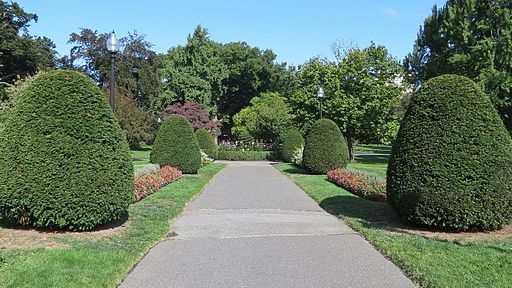
Boston Public Garden, Massachusetts; photo by Flickr user Robert Linsdell.
Shearing is a form of pruning that makes cuts willy-nilly as far as the plant is concerned, but which to people presents the plant at a uniform shape and size, the effect of which is a matter of personal taste and opinion. At no time is shearing a boon to a plant’s health, though some plants, such as boxwood and privet, are better able to tolerate it than others. The cumulative effects of this detrimental practice are evident after several years as the plant ends up with leaves growing on its outer shell only and no leaves growing inside of that, and the outer shell becomes stiff as the branches thicken. The interior clogs over time with leaves and twigs falling from the shears, allowing fungus to grow and eventually degrade the bark. The remedy for shearing is patience to make pruning cuts by hand in the proper place as far as the plant is concerned, rather than clipping it for the sake of neatness as if a living plant was inert like hair. But as always in our culture, patience is in short supply.
– Izzy 
Izzy was supposed to post an article on pruning in this space, but he got buried in other concerns this week and so he asks your indulgence until next week, when he will be back with the promised article. Thank you.
– Ed. 
As summer fades into fall, gardeners consider tidying their flower beds and around their trees and shrubs. Putting down new mulch can be part of this process, and it raises the question: How much mulch? Mulching two to three inches in total depth is plenty, making sure to keep the mulch from touching plant stems, and not piling up volcanoes of the stuff around trees. Any “professional” landscaping outfit or individual who does otherwise is acting out of either ignorance or the desire to sell more mulch, perhaps both.
Another consideration is whether to put down commercially produced mulch or wood chips. The term “mulch” can apply to organic or inorganic ground covers, such as pine bark, shredded hardwood, or stone. Wood chips are made from every part of a tree, and chips range in size from coarse chunks to finely ground pieces no larger than an inch. Gardeners should be careful to check the source of wood chips because they may have come from trees infested with beetles or borers, and if the chips have not been ground up finely enough or heat treated, then the insects may survive to cause further damage in new surroundings. Commercial wood mulch should not cause similar problems if the manufacturer has effectively screened it for pests, though gardeners should not apply it directly up to the foundation of a house, where it can serve as cover for termites already present in the soil.
A good rule of thumb to follow when applying mulch is not to apply it so thickly as to make it a heavy slog for the average happy garden gnome pushing a wheelbarrow.
– Izzy 